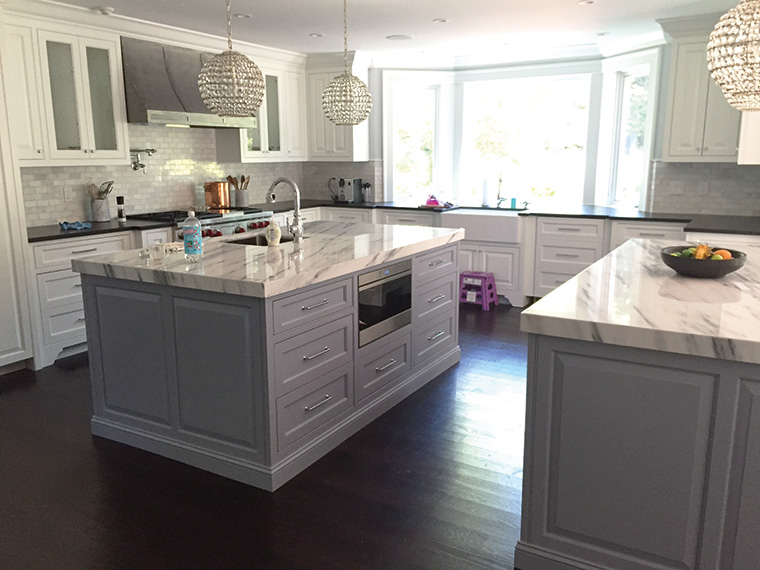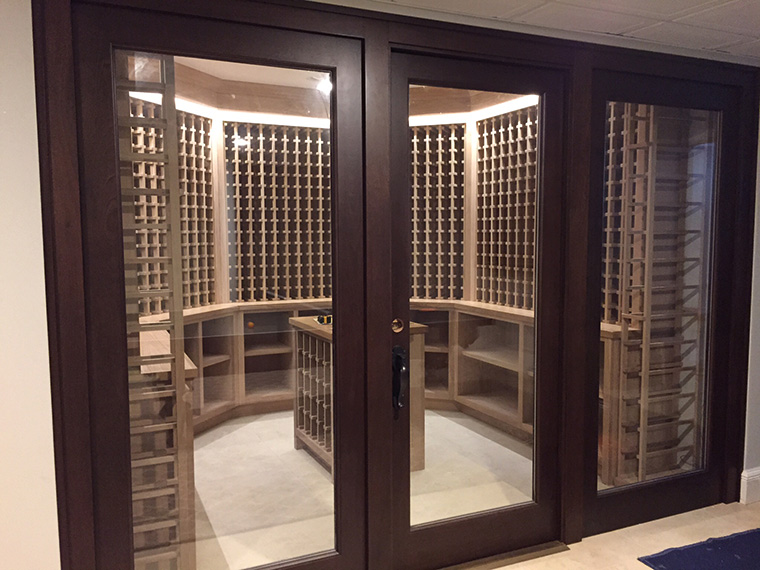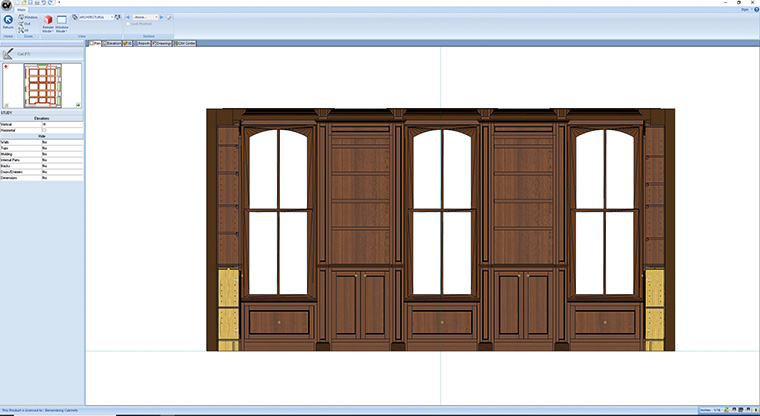While technology has advanced dramatically over the past century, the demand for quality woodworking products has remained unchanged. For 100-year-old Benzenberg Cabinets of Summerville, South Carolina, the need to remain competitive has meant embracing technologies that boost efficiency without sacrificing craftsmanship.
“We’re able to offer our customers high quality and any custom products that they could want,” says Ed Benzenberg, general manager of Benzenberg Cabinets. “We’ve done a lot of creative projects – from yacht interiors to motorised beds, televisions and spice racks. We never compromise in quality and design.”
In order to standardise and increase production, the company invested in the Cabinet Vision Screen-to-Machine (S2M) Center. Benzenberg works directly with homeowners, architects and interior designers, and offers comprehensive design services – including architectural shop drawings and 3D renderings produced with Cabinet Vision, which comes from the Hexagon Manufacturing Intelligence stable.
“With Cabinet Vision, we probably save, on average, four days per job for an average-sized project – and that’s just in office time,” says Ed, who notes that an average job at his company typically includes 60-80 assemblies.

“We’re able to produce a lot of work with 14 employees, and Cabinet Vision is a big part of that. We found that implementation and ease of use were the major benefits of the software, compared to other systems we tried. It took just one week to get up to full production with the software.”
While Cabinet Vision is at the heart of the company’s cabinet production, Benzenberg uses Hexagon’s CAM solution, Alphacam, to tackle the company’s complex shapes and profiles, as well as other speciality parts.
“We use Alphacam because it allows us to produce radius millwork, including radius panelling, as well as forms and jigs for different applications,” he says. “It’s very helpful for one-of-a-kind, unique shapes, and custom projects.”
The digital thread comprising the Alphacam and Cabinet Vision communication framework allows a connected data flow and integrated view of data throughout the design and production lifecycle, raising the bar for delivering the right information to the right place at the right time.
To begin a project in Cabinet Vision, Benzenberg enters the dimensions of the space in which the project will be installed, and then uses the system to design the cabinetry. Once the project is designed, cut lists, material lists, assembly sheets and other vital job data can be generated, based on the design details.

“The two main reasons we invested in Cabinet Vision were to speed up the time it took to programme all of the parts for an entire job, and to speed up the process of producing shop drawings and architectural drawings,” Ed says. “Cabinet Vision does those two things at once.”
Benzenberg is particularly keen on Cabinet Vision’s powerful automation tool, User Created Standards (UCS), which enables it to customise the software to more efficiently fulfil demands specific to its shops. Using a basic programming language, UCSs can be written and applied to any process, specific cutting condition, or other unique requirement.
“We use a number of UCSs, including producing customised cut lists and building sheets for the shop. For us, they’re a way to increase Cabinet Vision’s functionality, and customise it to really make it our own,” explains Ed. “I like to automate as many tasks as I can, so I’m essentially automating something that we would have to do manually.”
Cabinet Vision’s object intelligence, or parametric tool, cuts programming time by reusing existing programs saved to a design library. When a shop has a job that is identical or nearly identical to a former job in every detail except for size, it can apply the older design to a new job, adjust the dimensions, and even make further edits if necessary.
“We can essentially add intelligence to a part, assembly, or toolpath, and it adjusts automatically, based on the set parameters,” says Ed. “If we add a piece and resize the cabinet’s width, it adjusts automatically. We save those pieces and assemblies and then reuse them later in other jobs, so it’s great for things we use on a regular basis that can then be slightly customised.”

Once initial designs are complete, the company utilises the software’s ability to generate live drawings, making it easy to update projects as they progress from initial to final design stages.
“Live drawings are a really nice feature, because we do a lot of high-end residential work, and designs often change weekly. This allows me to go in and change things without having to resubmit the drawing.”
When it is time to send jobs to the shop floor, Ed takes advantage of the software’s powerful nesting engine, which optimises machine time and maximises material yield.
“Once the drawings are signed off, just one click of a button sends 100 sheets to the machine to start cutting,” he says. “Sheet stock is sent to two CNC routers for nesting and optimisation. We also have an optimising cut-off saw for all of the board stock, and Cabinet Vision helps optimise that, too.”
Keeping jobs organised on the shop floor as they make their way to assembly is made easier with the use of labels produced in Cabinet Vision, concludes Ed: “The labels help the shop to know exactly what’s in front of them, and what they’re looking at. We include the assembly number, the part description, the dimensions of the part, and a picture of the part on the label.”









